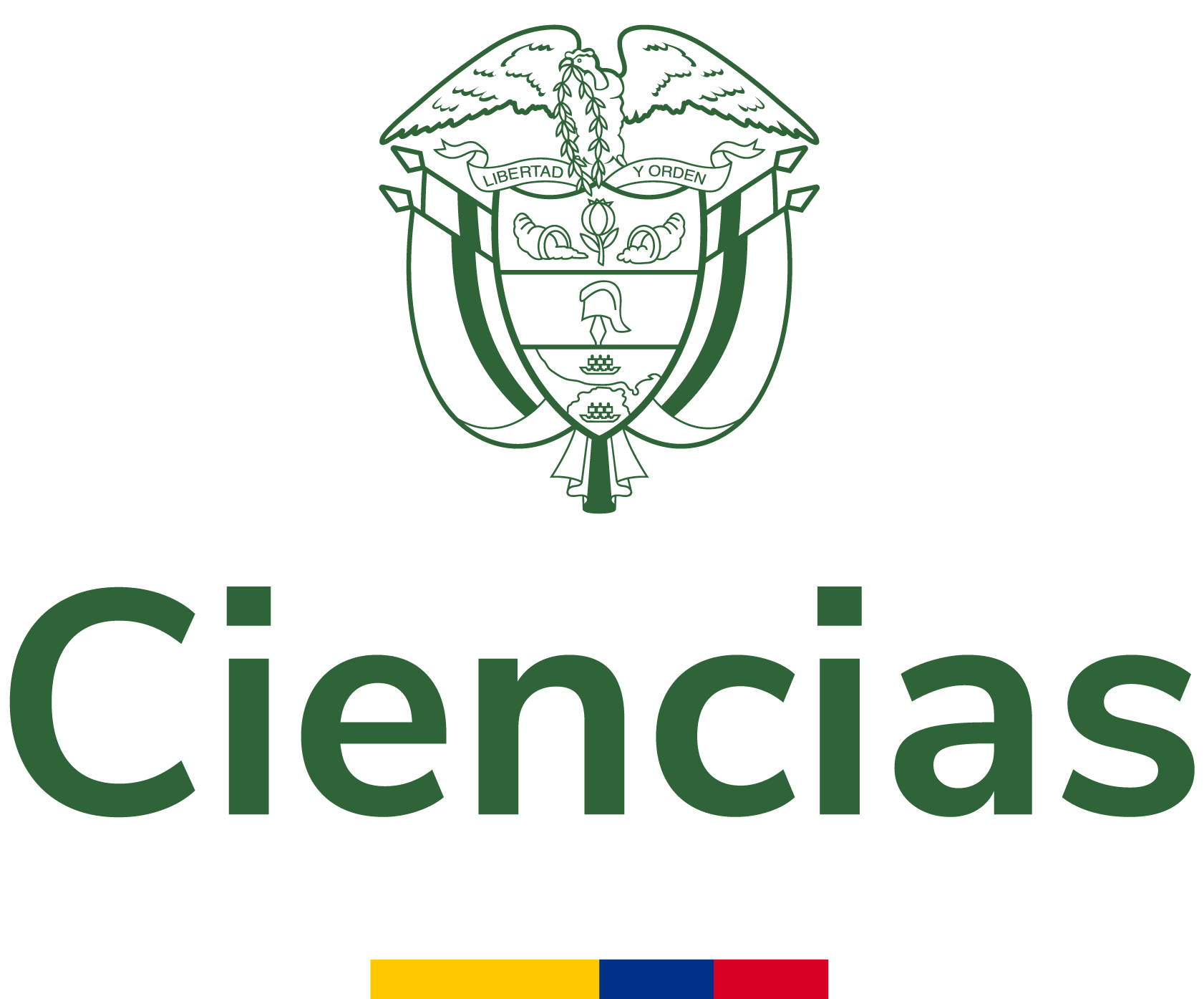Dynamic Channel Selection in IEEE 802.15.4 Using Artificial Neural Networks
IEEE 802.15.4 is a communication standard for wireless personal areanetworks, the operation bands are 800, 900 and 2400 MHz. The 2400 MHzband is assigned for industrial, scientific and medical applications, and itis shared with other wireless technologies like IEEE 802.11b, 802.15.1,802.15.3 and 802...
- Autores:
- Tipo de recurso:
- Fecha de publicación:
- 2019
- Institución:
- Universidad Católica de Pereira
- Repositorio:
- Repositorio Institucional - RIBUC
- Idioma:
- spa
- OAI Identifier:
- oai:repositorio.ucp.edu.co:10785/9903
- Acceso en línea:
- https://revistas.ucp.edu.co/index.php/entrecienciaeingenieria/article/view/727
http://hdl.handle.net/10785/9903
- Palabra clave:
- Rights
- openAccess
- License
- Derechos de autor 2019 Entre Ciencia e Ingeniería
| id |
RepoRIBUC_8d962494973d6653b458f5b9910c5230 |
|---|---|
| oai_identifier_str |
oai:repositorio.ucp.edu.co:10785/9903 |
| network_acronym_str |
RepoRIBUC |
| network_name_str |
Repositorio Institucional - RIBUC |
| repository_id_str |
|
| spelling |
Dynamic Channel Selection in IEEE 802.15.4 Using Artificial Neural NetworksSelección dinámica de canal en IEEE 802.15.4 utilizando redes neuronales artificiales.IEEE 802.15.4 is a communication standard for wireless personal areanetworks, the operation bands are 800, 900 and 2400 MHz. The 2400 MHzband is assigned for industrial, scientific and medical applications, and itis shared with other wireless technologies like IEEE 802.11b, 802.15.1,802.15.3 and 802.16. So, it is expected that IEEE 802.15.4 devices haveto operate close to other wireless devices, it is called coexistence. It meansthey have to present a good performance in presence of changes andinterference in radio environment.For that reason, designers and implementers of IEEE 802.15.4 devicesmust conceive mechanisms of dynamic operating that improve thecoexistence. In this way, this article proposes to use artificial neural networksfor a dynamic cannel selection for IEEE 802.15.4 like a mechanism ofcoexistence in the 2400 MHz band.IEEE 802.15.4 es un estándar de comunicación para redes de área personal inalámbrica, opera en las bandas de 800, 900 y 2400 MHz. En la banda de 2400 MHz, asignada para aplicaciones industriales, científicas y médicas, operan otras tecnologías inalámbricas tales como: IEEE 802.11b, 802.15.1, 802.15.3 y 802.16, razón por la cual se espera que los dispositivos IEEE 802.15.4 que operen en proximidad a otros dispositivos inalámbricos, “coexistan”. Es decir, presenten un buen desempeño aún en presencia de cambios e interferencia en el ambiente de radio. Esta condición impone retos a diseñadores e implementadores de dispositivos IEEE 802.15.4, para el establecimiento de mecanismos de operación dinámicos que favorezcan dicha coexistencia. En este sentido, este artículo propone el uso de redes neuronales artificiales para la selección dinámica de canal en IEEE 802.15.4 como mecanismo de coexistencia en la banda de 2400 MHz.Universidad Católica de Pereira2022-06-01T19:08:49Z2022-06-01T19:08:49Z2019-08-01Artículo de revistahttp://purl.org/coar/resource_type/c_6501http://purl.org/coar/version/c_970fb48d4fbd8a85info:eu-repo/semantics/articleinfo:eu-repo/semantics/publishedVersionhttp://purl.org/coar/resource_type/c_2df8fbb1application/pdfhttps://revistas.ucp.edu.co/index.php/entrecienciaeingenieria/article/view/727http://hdl.handle.net/10785/9903Entre ciencia e ingeniería; Vol 5 No 10 (2011); 108-120Entre Ciencia e Ingeniería; Vol. 5 Núm. 10 (2011); 108-120Entre ciencia e ingeniería; v. 5 n. 10 (2011); 108-1202539-41691909-8367spahttps://revistas.ucp.edu.co/index.php/entrecienciaeingenieria/article/view/727/723Derechos de autor 2019 Entre Ciencia e Ingenieríahttps://creativecommons.org/licenses/by-nc/4.0/deed.es_EShttps://creativecommons.org/licenses/by-nc/4.0/deed.es_ESinfo:eu-repo/semantics/openAccesshttp://purl.org/coar/access_right/c_abf2Agredo Méndez, Guefry LeiderTobar Arteaga, Carlos Hernánoai:repositorio.ucp.edu.co:10785/99032025-01-28T00:01:06Z |
| dc.title.none.fl_str_mv |
Dynamic Channel Selection in IEEE 802.15.4 Using Artificial Neural Networks Selección dinámica de canal en IEEE 802.15.4 utilizando redes neuronales artificiales. |
| title |
Dynamic Channel Selection in IEEE 802.15.4 Using Artificial Neural Networks |
| spellingShingle |
Dynamic Channel Selection in IEEE 802.15.4 Using Artificial Neural Networks |
| title_short |
Dynamic Channel Selection in IEEE 802.15.4 Using Artificial Neural Networks |
| title_full |
Dynamic Channel Selection in IEEE 802.15.4 Using Artificial Neural Networks |
| title_fullStr |
Dynamic Channel Selection in IEEE 802.15.4 Using Artificial Neural Networks |
| title_full_unstemmed |
Dynamic Channel Selection in IEEE 802.15.4 Using Artificial Neural Networks |
| title_sort |
Dynamic Channel Selection in IEEE 802.15.4 Using Artificial Neural Networks |
| description |
IEEE 802.15.4 is a communication standard for wireless personal areanetworks, the operation bands are 800, 900 and 2400 MHz. The 2400 MHzband is assigned for industrial, scientific and medical applications, and itis shared with other wireless technologies like IEEE 802.11b, 802.15.1,802.15.3 and 802.16. So, it is expected that IEEE 802.15.4 devices haveto operate close to other wireless devices, it is called coexistence. It meansthey have to present a good performance in presence of changes andinterference in radio environment.For that reason, designers and implementers of IEEE 802.15.4 devicesmust conceive mechanisms of dynamic operating that improve thecoexistence. In this way, this article proposes to use artificial neural networksfor a dynamic cannel selection for IEEE 802.15.4 like a mechanism ofcoexistence in the 2400 MHz band. |
| publishDate |
2019 |
| dc.date.none.fl_str_mv |
2019-08-01 2022-06-01T19:08:49Z 2022-06-01T19:08:49Z |
| dc.type.none.fl_str_mv |
Artículo de revista http://purl.org/coar/resource_type/c_6501 http://purl.org/coar/version/c_970fb48d4fbd8a85 info:eu-repo/semantics/article info:eu-repo/semantics/publishedVersion |
| dc.type.coar.fl_str_mv |
http://purl.org/coar/resource_type/c_2df8fbb1 |
| status_str |
publishedVersion |
| dc.identifier.none.fl_str_mv |
https://revistas.ucp.edu.co/index.php/entrecienciaeingenieria/article/view/727 http://hdl.handle.net/10785/9903 |
| url |
https://revistas.ucp.edu.co/index.php/entrecienciaeingenieria/article/view/727 http://hdl.handle.net/10785/9903 |
| dc.language.none.fl_str_mv |
spa |
| language |
spa |
| dc.relation.none.fl_str_mv |
https://revistas.ucp.edu.co/index.php/entrecienciaeingenieria/article/view/727/723 |
| dc.rights.none.fl_str_mv |
Derechos de autor 2019 Entre Ciencia e Ingeniería https://creativecommons.org/licenses/by-nc/4.0/deed.es_ES https://creativecommons.org/licenses/by-nc/4.0/deed.es_ES info:eu-repo/semantics/openAccess http://purl.org/coar/access_right/c_abf2 |
| rights_invalid_str_mv |
Derechos de autor 2019 Entre Ciencia e Ingeniería https://creativecommons.org/licenses/by-nc/4.0/deed.es_ES http://purl.org/coar/access_right/c_abf2 |
| eu_rights_str_mv |
openAccess |
| dc.format.none.fl_str_mv |
application/pdf |
| dc.publisher.none.fl_str_mv |
Universidad Católica de Pereira |
| publisher.none.fl_str_mv |
Universidad Católica de Pereira |
| dc.source.none.fl_str_mv |
Entre ciencia e ingeniería; Vol 5 No 10 (2011); 108-120 Entre Ciencia e Ingeniería; Vol. 5 Núm. 10 (2011); 108-120 Entre ciencia e ingeniería; v. 5 n. 10 (2011); 108-120 2539-4169 1909-8367 |
| institution |
Universidad Católica de Pereira |
| repository.name.fl_str_mv |
|
| repository.mail.fl_str_mv |
|
| _version_ |
1844494716769402880 |






